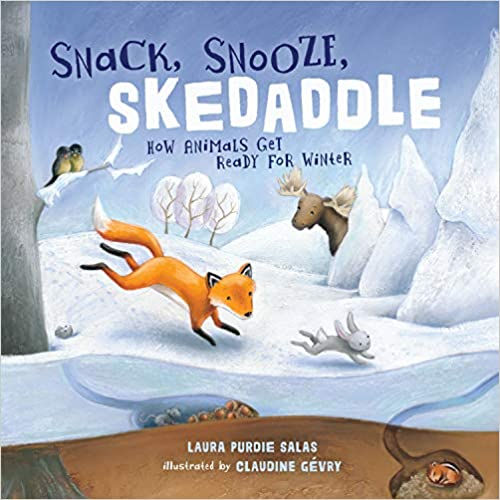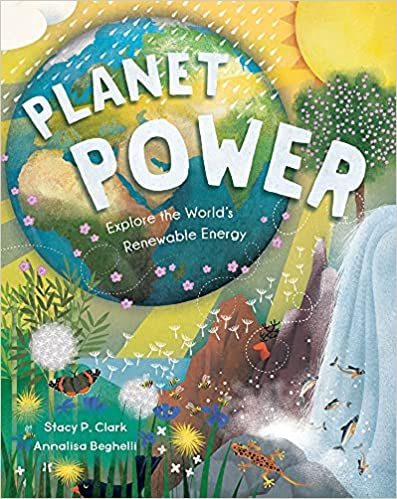MO Day #8: Christy Mihaly Mixes It Up
- rateyourstoryweb
- Mar 8, 2022
- 4 min read
NOTE/REMINDER: If you have signed up to receive notifications, but are not getting posts e-mailed, please try having your Facebook Page up and open and use your Facebook E-mail address to subscribe. That seems to work, though we are not sure why. You also need to have commented on the Registration Post and each and every post of the month to be eligible for prizes.
February 15, 2022 - Registration Post Hello March On With Mentor Texts!
AND NOW, HERE'S OUR MENTOR...
Using Rhyme and Poetry in Nonfiction and Informational Books
by Christy Mihaly

It's a great time to be writing nonfiction and informational books for kids. But how can you make your nonfiction work stand out? How can you add that extra kid-friendly element to make it shine?
One way is – though you may have heard to the contrary – to use rhyme!
Yes, many editors and agents assert they dislike rhyme. But that's because in too many manuscripts, either the rhyme is forced and meter is bumpy, or the writer focused so hard on finding rhymes that their meaning got lost.
Mentor texts can help!
I recommend experimenting with poetry and rhyme when writing nonfiction. A major benefit of playing with poetry is that a good poem can take a complex topic and boil it down to its essence. And isn't that what we want to do in writing nonfiction for kids?
In my book Free for You and Me: What Our First Amendment Means (illustrated by Manu Montoya, Albert Whitman 2020), I struggled with how best to introduce young readers to the First Amendment. Once I realized that I could take each of the five freedoms enshrined in the First Amendment and write a poem about it, that freed me up to get creative. Even if you end up not using rhymes in your book, such experimentation will help strengthen your prose.
Many outstanding informational and nonfiction picture books utilize poetry or rhyming text. Here are some mentor texts, showing the range of possibilities.

Plants Fight Back, by Lisa Amstutz, illustrated by Rebecca Evans, is a favorite. (Dawn Publications, 2020.) This lively picture book describes adaptations that plants have developed to defend themselves against danger. Fun poems are followed by brief sidebars, with the illustrations providing further context. Here's the poem explaining how geraniums ooze a sticky substance that stops insects in their tracks:
Others make oodles of
thick, sticky glue.
Intruders soon find themselves
trapped in the goo.

Mama Built A Little Nest, by Jennifer Ward with illustrations by Steve Jenkins, similarly uses brief, engaging poems. Each is accompanied with a short explanation of how a particular species of bird mamas builds her nest. (Beach Lane Books, 2014.) Here's the hummingbird's poem:
Mama built a little nest,
a cup so wee and snug,
with walls of moss and roof of sky
and silky, cobweb rug.

Miranda Paul takes it another step in her book about the water cycle, Water is Water, illustrated by Jason Chin (Roaring Brook, 2015). She uses the page turns to create a rhyme-based guessing game within the book. It opens:
Drip. Sip.
Pour me a cup.
Water is water
unless …
[page turn] =>
it heats up. [Then the next stanza describes steam … and so forth.]

I'd recommend studying all of Laura Purdie Salas's rhyming nonfiction picture books! One good example is Snack, Snooze, Skedaddle: How Animals Get Ready for Winter, illustrated by Claudine Gevry (Millbrook, 2019). Rhyming couplets capture each animal's autumnal preparations, then its winter activities. A short blurb fills in details. Here's what’s on the red fox spread:
[left – autumn scene] Forage for berries and crabapple sweets.
[right – snowy winter] Dive into tunnels for tasty vole treats.
[Picture shows fox diving into snow; sidebar explains that's how it hunts in winter.]

Another approach is to use poems of different forms. Leslie Bulion's books are wonderfully cross-curricular because she uses and explains diverse poetic forms while imparting fun facts. E.g., Amphibian Acrobats, illustrated by Robert Meganck (Peachtree, 2019). Here's an excerpt from "The Flash!" (written in Skeltonic verse, as she explains) about the polka-dot tree frog (a real animal that lives in South America):
Nobody knows
why this tree frog glows,
from glimmering nose
to gleaming toes.
Camouflage? Messaging?
Neither of those?
No herpetologist knows.

Poetry works for non-animal topics too! Stacy Clark used rhyming text in her wonderful new picture book about renewable energy, Planet Power (illustrated by Annalisa Beghelli, Barefoot Books 2021). Stacy introduces six different forms of power production in simple rhymes. Here's an excerpt from Wind Power:
When the wind blows,
Giant blades swirl.
Gears rotate,
Magnets whirl.
You can easily see how poems like these will draw young readers in and inspire them to dive into the back matter to find out more!

Bio: Christy Mihaly is a nature lover, former lawyer, and poet who has written more than 25 nonfiction kids' books. She loves being part of the kidlit world and sharing fascinating information with young readers. Her books cover topics from free speech to hayfields to food.
Christy's latest book was just released on March 1: The Supreme Court and Us (illustrated by Neely Daggett, published by Albert Whitman) is a kid-friendly tour of the U.S. Supreme Court, its history and role in the government. Next month she's excited to welcome publication of her first fictional story, Patience, Patches (illustrated by Sheryl Murray, published by Dial PRH)—in which an eager dog encounters a new baby in the family.

She's also the author of Barefoot Books WATER: A Deep Dive of Discovery (illustrated by Mariona Cabassa, Barefoot Books 2021); Free for You and Me: What Our First Amendment Means (illustrated by Manu Montoya, Albert Whitman 2020); and Hey, Hey, Hay! (A Tale of Bales and the Machines That Make Them) (illustrated by Joe Cepeda, Holiday House 2018). She lives in Vermont, where she enjoys walking her dog in the woods and playing cello (though not simultaneously).
Website: www.christymihaly.com
IG: @christymihaly
Twitter: @CMwriter4kids
Facebook: https://www.facebook.com/christymihaly
Prize: Christy is offering a signed and personalized book: EITHER Hey, Hey, Hay! OR Free for You and Me. Winner's choice!
























Comments